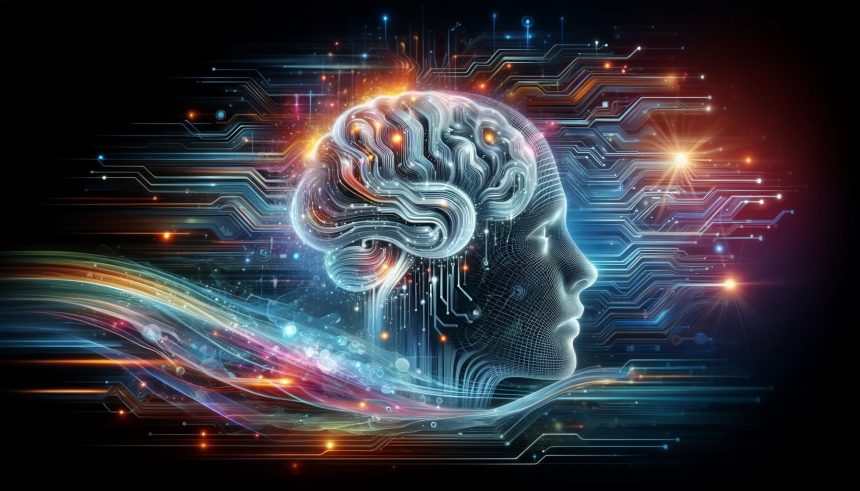Testing whether AI can create not only functional but also visually appealing and user-friendly digital content has remained a challenge for developers and researchers. Users depend on AI-generated interfaces for diverse tasks, but frequently encounter awkward layouts, incompatible colors, or clumsy animations that detract from the overall user experience. Accurate, automated assessment of these creative qualities has been elusive. With the launch of ArtifactsBench, Tencent responds to this gap, aiming to provide precise evaluation of AI’s creative outputs, with ramifications for product design and human-computer interaction.
In earlier developments surrounding AI code generation benchmarks, much focus rested on producing syntactically correct, runnable solutions. These benchmarks assessed computational accuracy, yet often ignored visual presentation and interactivity—key elements that shape real-world engagement. Only a limited number of previous automated evaluation systems sought to address these experiential dimensions, and those that did, such as older frameworks, showed moderate alignment with human judgment. ArtifactsBench’s adoption of detailed, multimodal automated evaluation methods sets it apart from these ancestors, particularly with its higher agreement rates with human reviewers and its broader evaluation criteria.
How Does ArtifactsBench Evaluate Creative AI Output?
ArtifactsBench streamlines the process by tasking AI models with over 1,800 creative assignments, such as building web apps, generating data visualizations, or designing interactive mini-games. Each AI’s response is executed within a secure, sandboxed environment, where the resulting programs are automatically built and run. To document their visual and interactive behaviors, ArtifactsBench captures several screenshots across time, recording dynamic feedback, animation quality, and interface transformations on user actions.
What Role Does the Multimodal LLM Judge Play?
Captured data is then assessed by a Multimodal LLM (MLLM) acting as an evaluative judge. This judge applies a comprehensive checklist covering ten metrics, ranging from basic functionality to aesthetic quality and user interaction. Rigorous criteria support consistent, detailed appraisals of each AI output. According to results published by Tencent, ArtifactsBench’s automated judge achieved a 94.4% consistency rate with human rankings from WebDev Arena, significantly outperforming previous automated evaluating systems, which only offered about 69.4% alignment.
Why Do Generalist Models Outperform Specialized Ones?
When tested across more than 30 leading AI models, commercial offerings such as Google’s Gemini-2.5-Pro and Anthropic’s Claude 4.0-Sonnet stood out. However, generalist models surpassed code- or vision-specific AI in overall performance. For instance, Qwen-2.5-Instruct overtook its code-focused and vision-focused variants, indicating that producing high-quality visual applications requires a combination of reasoning, instruction comprehension, and an implicit appreciation of design—a multifaceted skillset more characteristic of generalized models.
“Our benchmark uses a novel automated, multimodal pipeline to assess LLMs on 1,825 diverse tasks. An MLLM-as-Judge evaluates visual artifacts, achieving 94.4% ranking consistency.”
ArtifactsBench’s approach demonstrates the value of nuanced evaluation frameworks in understanding AI’s creative potential. Its consistency with professional human developers exceeds 90%, supporting its role in future AI assessment studies. Furthermore, the benchmark uncovers how broad instructional understanding and design awareness are critical in bridging the gap between code correctness and real-world usability. Developers and organizations aiming to integrate creative AI tools could benefit by using such metrics to more accurately select or fine-tune AI models based on end-user experience, not simply code functionality. As comprehensive evaluation gains importance, measures like ArtifactsBench can help ensure that the next generation of AI-generated digital artifacts align better with user expectations and needs.










